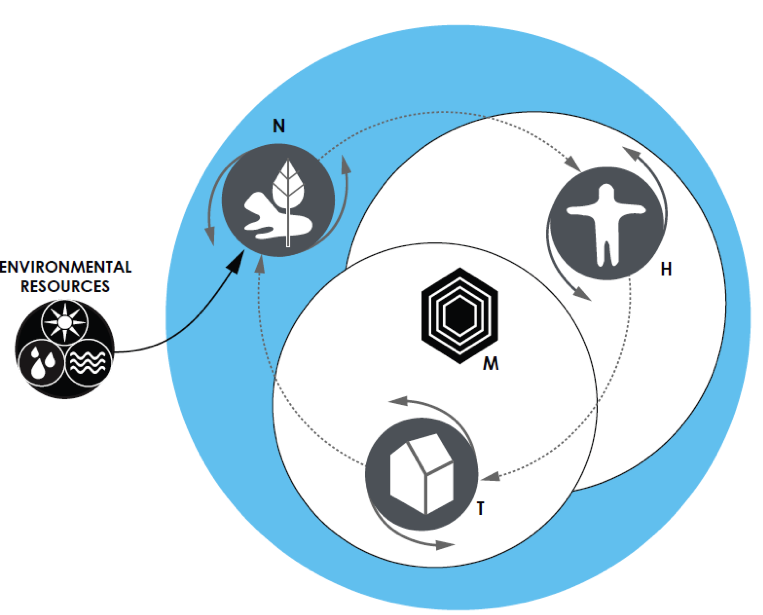System Principles of Thermodynamics: Is There a 4th (or 5th) Law?
Seminar by
William W. Braham
Professor of Architecture and Director of the TC Chan Center for Building Simulation and Energy Studies,
University of Pennsylvania
 |
Friday April 8, 2016 1:00 PM |
Jon M. Huntsman Hall Room 250 3730 Walnut Street, Philadelphia, PA 19104, United States The event was co-sponsored with the Wharton IGEL. |
Abstract: In 1922 Alfred Lotka proposed that selection for maximum power could be a fourth law of thermodynamics, a general principle in the “persistence of stable forms.” It can be confusing to call maximum power a “law” in the same sense as the Carnot-Clausius (2nd) law of thermodynamics. The second law explains that entropy always increases and it admits no exceptions, no temporary instances of perpetual motion. The principle of maximum power is a different kind of explanation, which describes the final or selection goal toward which an entity like a forest or a civilization evolves over time.
The maximum power principle was greatly extended by the systems ecologist H. T. Odum, who based a comprehensive method of environmental accounting on its insights and even proposed 5th and 6th “laws” over the course of his career. Taken together, the principles of maximum power, production hierarchies, and material cycles of renewal situate the design of more efficient buildings in their social and environmental context. They help shift the discussion from the efficiency concerns of the 2nd law to the prosperity sought by the overall ecosystem. That shift alters the nature of building design.
The talk is based on Prof. Braham’s recent book Architecture and Systems Ecology: Thermodynamic Principles of Environmental Building Design, in three parts (Routledge).
